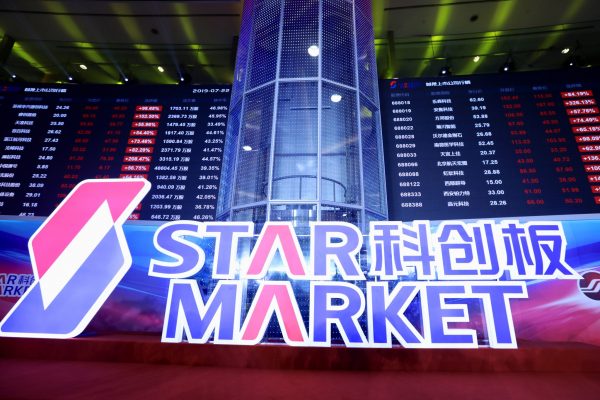The new board is attracting a lot of investor attention because it is designed to boost the development of China’s sci-tech industry and serve as a test field for future capital market innovations. This dual strategic function is being highlighted amid an ongoing US–China trade war, heightened tensions over Huawei and a recent determination that the Chinese government will gradually open up its domestic financial market to the rest of the world. On 9 August 2019, the 27 STAR-listed companies achieved a total market cap of 660 billion RMB (approximately US$93 billion) and together raised over 37 billion RMB (US$5.2 billion) in net funding from the initial public offering (IPO) after fees and expenses.
The seemingly high PE ratio and turnover could perhaps be explained by the uniqueness of the sci-tech industry. A typical sci-tech start-up company needs years of research and development before it can generate steady income and profits, so investors are encouraged to put more weight on growth potential in valuing STAR stocks instead of the traditional PE valuation model.
On the other hand, statistics from the Shanghai Security Exchange show that on the first day of trading, over 70 per cent of the sell transactions were from institutional investors and over 95 per cent of the buy transactions were from retail investors. This indicates that institutions were eager to pocket early gains, suggesting the possibility of a price reversal in the following trading days. In fact, trading in the third week cooled down — just 3 out of 27 stocks saw their prices rise and on average the market went down by 11.55 per cent.
One of the key innovations of the STAR market is replacing the current approval-based IPO system with a registration-based IPO system. Under this new system, as long as information is guaranteed to be accurate and fully disclosed, the market (rather than the regulatory body) decides whether a firm is capable of issuing stocks and how much a firm is valued.
This holds issuers and investment banks responsible for ensuring the completeness, consistency and validity of the IPO information. On 4 July 2019, the China Securities Regulatory Commission (CSRC) issued a warning letter to China International Capital Corporation, an elite investment bank in China, and put two employees on record for their unauthorised changes of client’s IPO application files.
The STAR board also has the most stringent delisting policies in history. Once a firm meets certain criteria, such as a market cap lower than 300 million RMB (US$41.8 million) for 20 consecutive trading days, it will be immediately delisted. In the main board it is possible for a problem firm to first be suspended, then resume the IPO process after resolving related issues. But firms with severe compliance violations can never be relisted on the STAR board. Regulators hope that these harsh delisting policies will ensure a high quality of listed firms and enhance the efficiency of resource allocation.
STAR market investors also need to get accustomed to a series of new trading rules. Compared with the current 10 per cent price limit for stocks traded on the main board, the STAR market sees no daily price limits imposed in the first five trading days immediately after the IPO, after which it switches to a 20 per cent daily price limit. The wider range of intraday price fluctuations will likely generate higher volatility in the STAR market.
As a countermeasure to curb volatility, the Shanghai Stock Exchange stipulates that when investors place limit orders, the bid price cannot exceed 102 per cent of the base price (usually the best bid) and the ask price cannot be lower than 98 per cent of the base price (usually the best ask). Otherwise these orders are automatically considered invalid. There are also several circuit breakers in place during the trading period to cool down the market.
Further institutional innovations are possible in the future. Despite the curbing measures, intraday volatility is still expected to be high under the new wider price limits of 20 per cent. Investors face a daily max of 40 per cent potential loss. Yet risk management tools are quite limited in the Chinese capital market, including the newly launched STAR board. There are no related derivative instruments such as futures and options to help investors manage their risk, so it may be reasonable to expect STAR index futures or options in the near future.
Stringent delisting policies alone cannot resolve the issue of potential misconduct. Although there are stock short-selling mechanisms in place and all STAR stocks automatically become available for short selling on their first day of trading, stocks available for borrowing and lending are still in serious shortage due to the low profit margins for security firms.
As a partial solution to this problem, regulators are allowing financial institutions to charge market rates for their stock-lending businesses and are lowering the margin collected by the China Securities Finance Corporation, the only national institution specialised in margin financing loan services. But the effects are rather limited. Deeper reform to fine-tune the short-selling mechanism is clearly needed.
Qian Han is Professor at the Wang Yanan Institute for Studies in Economics, Xiamen University.

